Nothing like the death of a loved one to make a person wish to turn back time. I have strained to remember the details of the last time we saw Chris’ brother, how he was, what he said. There is no doubt the pandemic ‘got in the way’—even without us knowing. We assumed we would see everybody when this dreaded thing was over. There are regrets, if onlys, missed opportunities, mistakes, and omissions—I really don’t know how one gets through the loss of a loved one without those self-flagellating thoughts. I think it’s just part of the process. But since it’s ‘part of the process,’ it too will pass. We can move on from the regrets—I know, easier said than done.
This past weekend we attended a memorial service for Jon down in Kansas City. It was finalizing—exactly one of the purposes of funerals and memorials. It helps our disbelieving minds believe it. The officiant offered prayers and condolences, then suggested we turn back time to remember something about Jon that we admired or respected…and to incorporate that quality or action into our own lives. It was a powerful suggestion.
During our Christmas trip to Austin, Texas we drove south for a day of exploring and hiking at Palmetto State Park. It was like we were turning back time to prehistoric days. No matter where we go, if we pay attention to the geology of the area, we are already in prehistoric days.

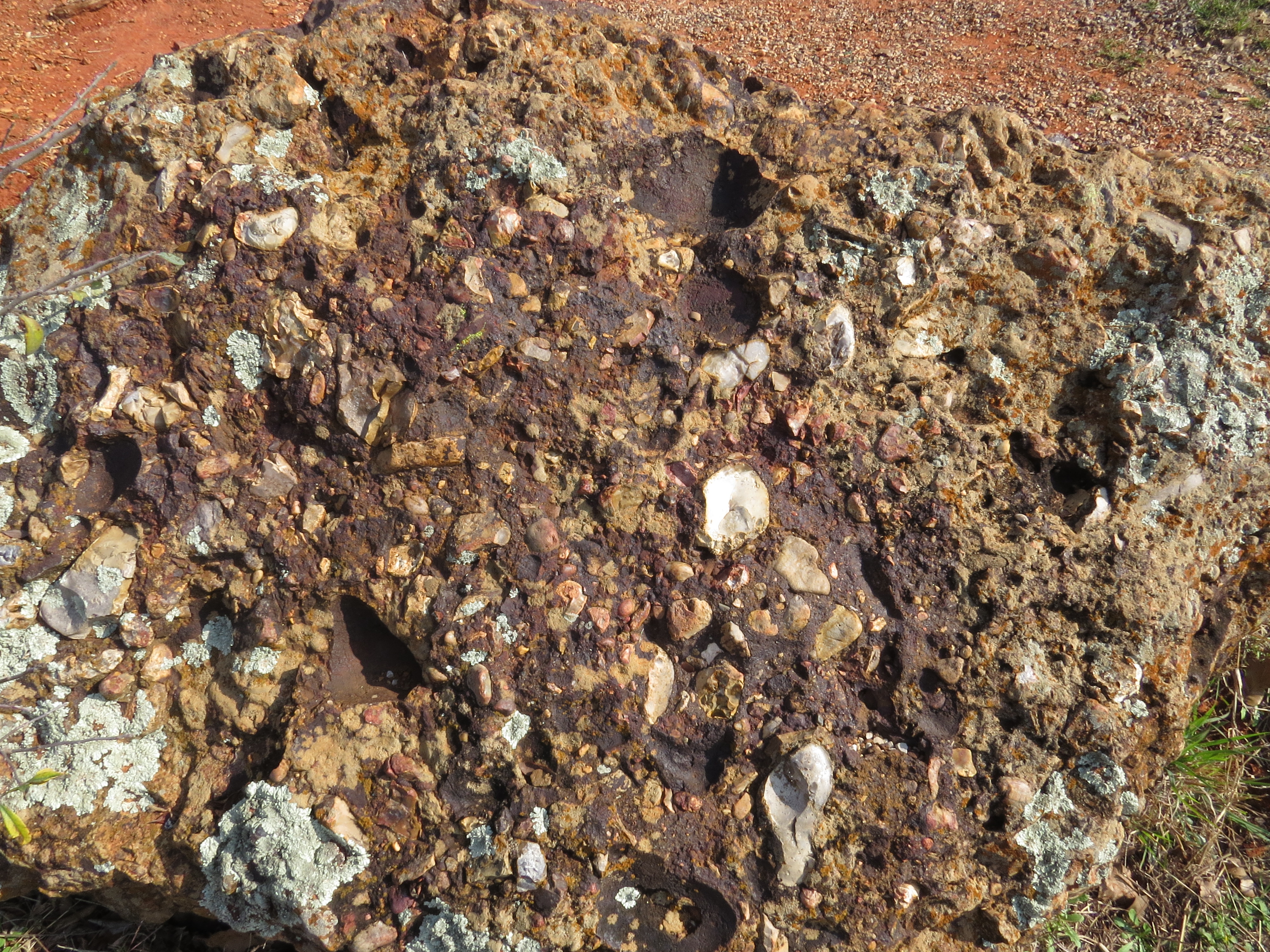
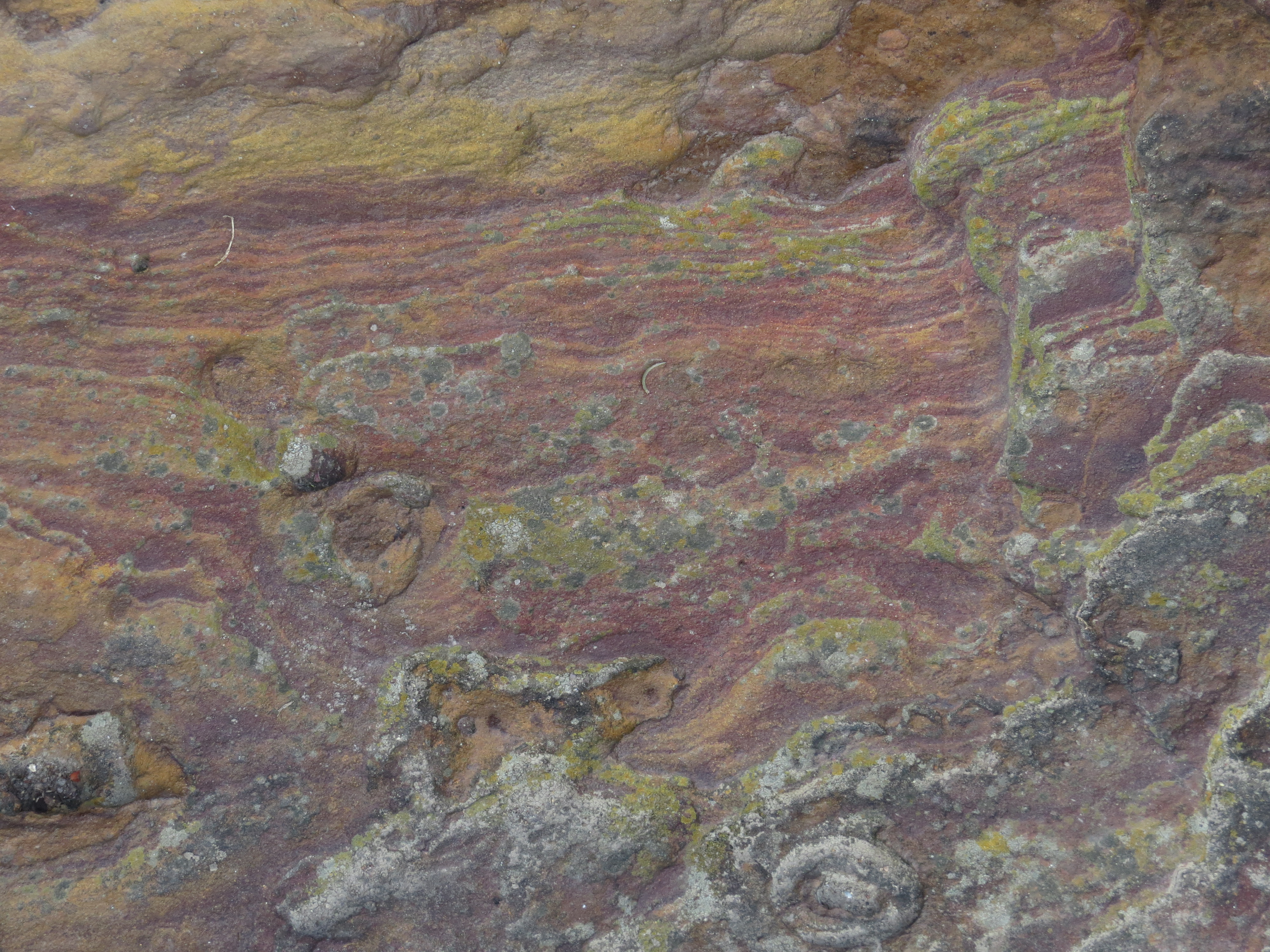
Spanish moss hung from the trees. It is an epiphyte, a member of the Bromeliad family that gathers its nutrients and water from the air and rain. It rarely kills the trees it inhabits, and in this part of Texas, it prefers Live Oak and Bald Cypress trees.
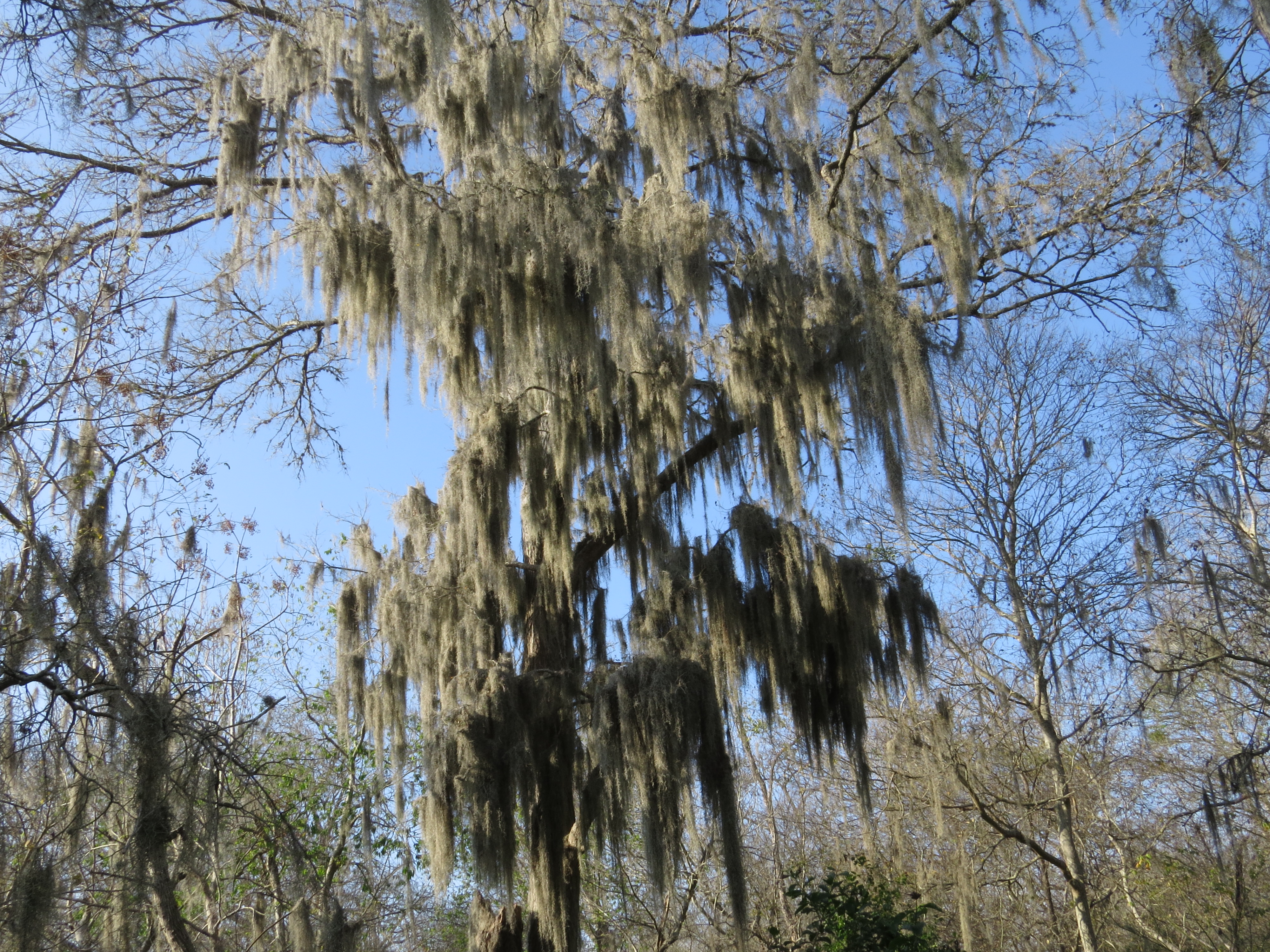
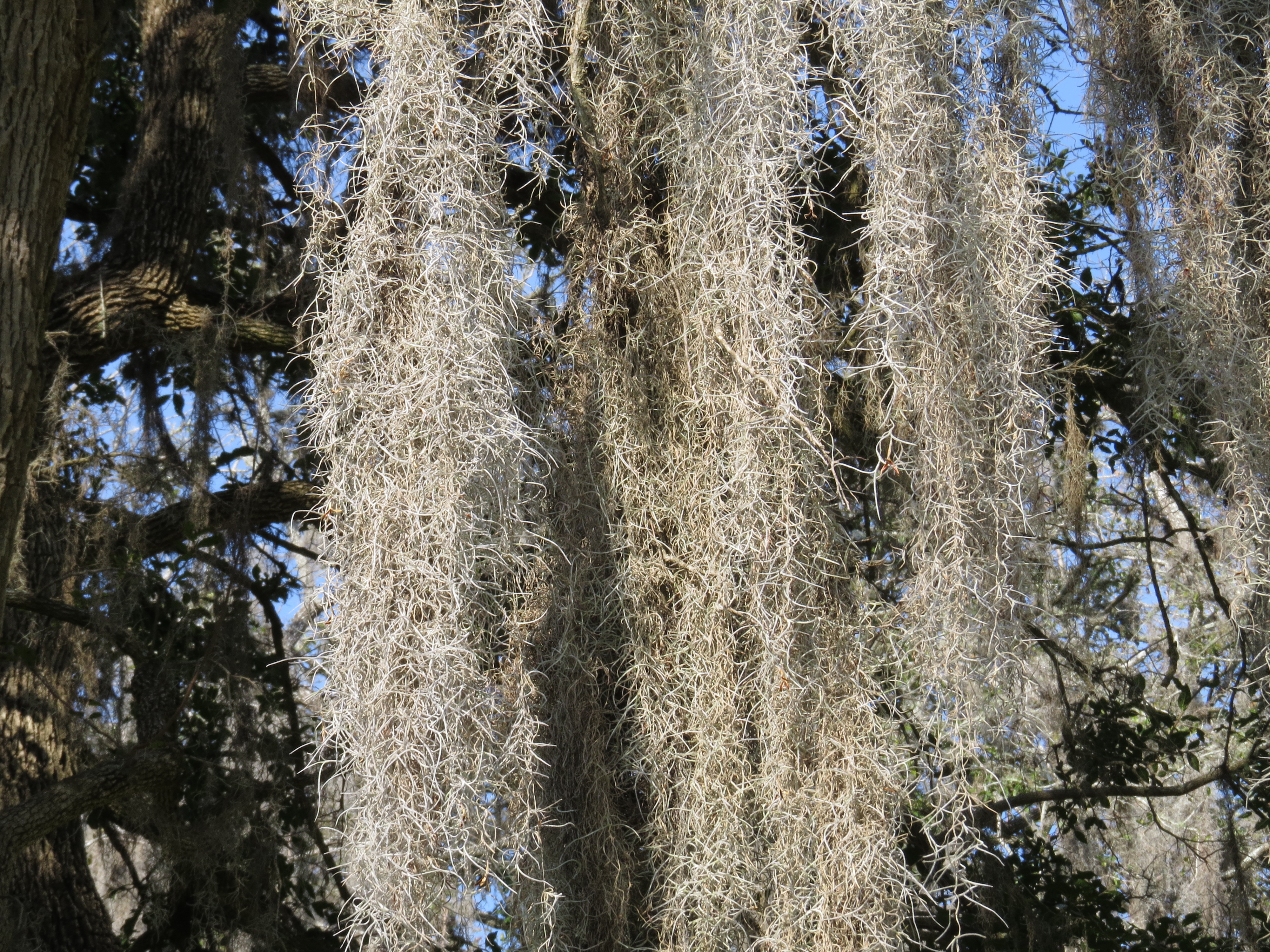
The San Marcos River runs through the park. It is not like most rivers I’m used to seeing. In many places it has cut a deep gorge into the landscape with bare banks and muddy, silty water. There is erosion and damage from flash flooding—the banks cannot recover between the aqua assaults.
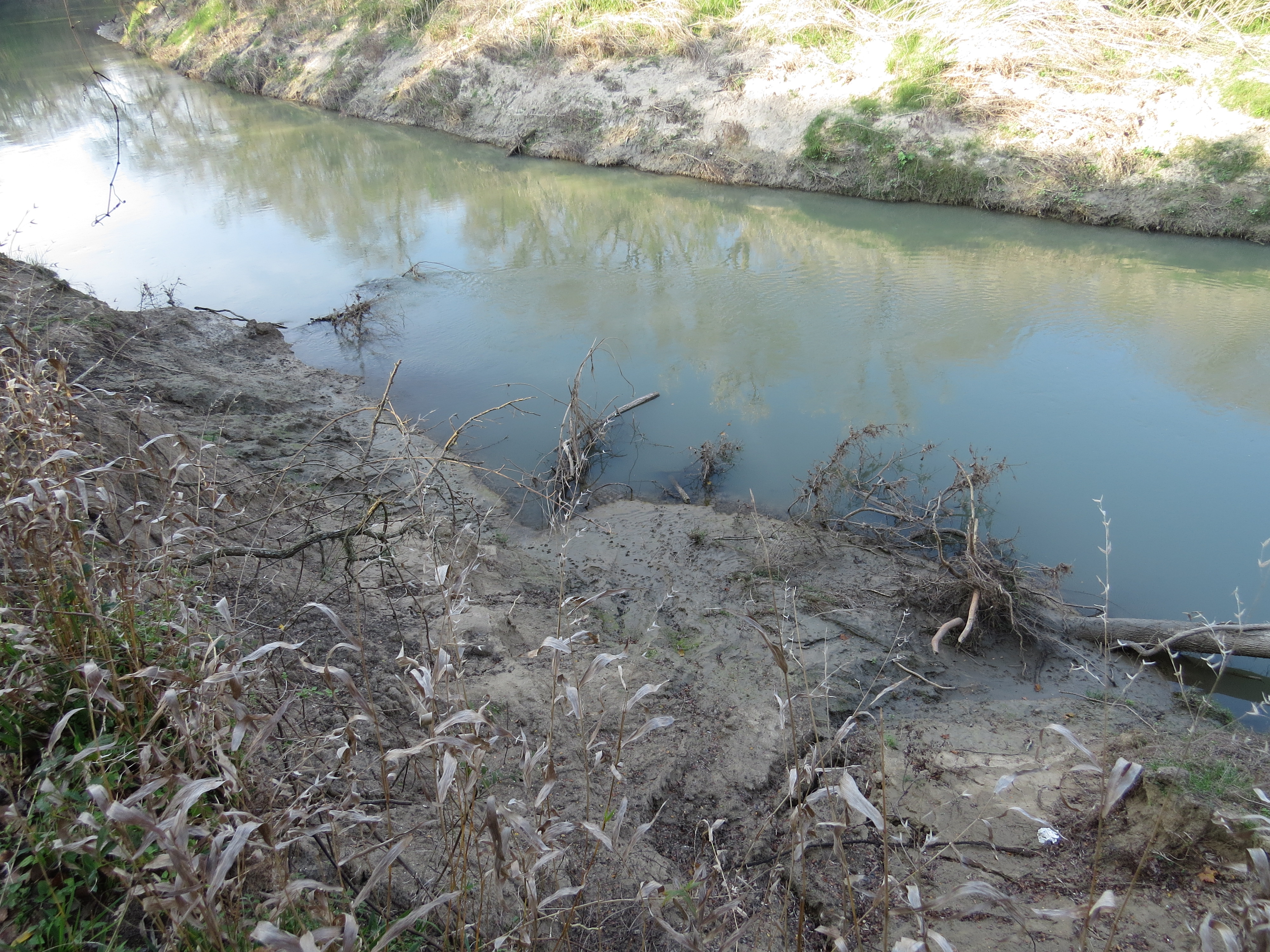
And what prehistoric mud walker was here ambling to and fro? (The very primitive possum.)
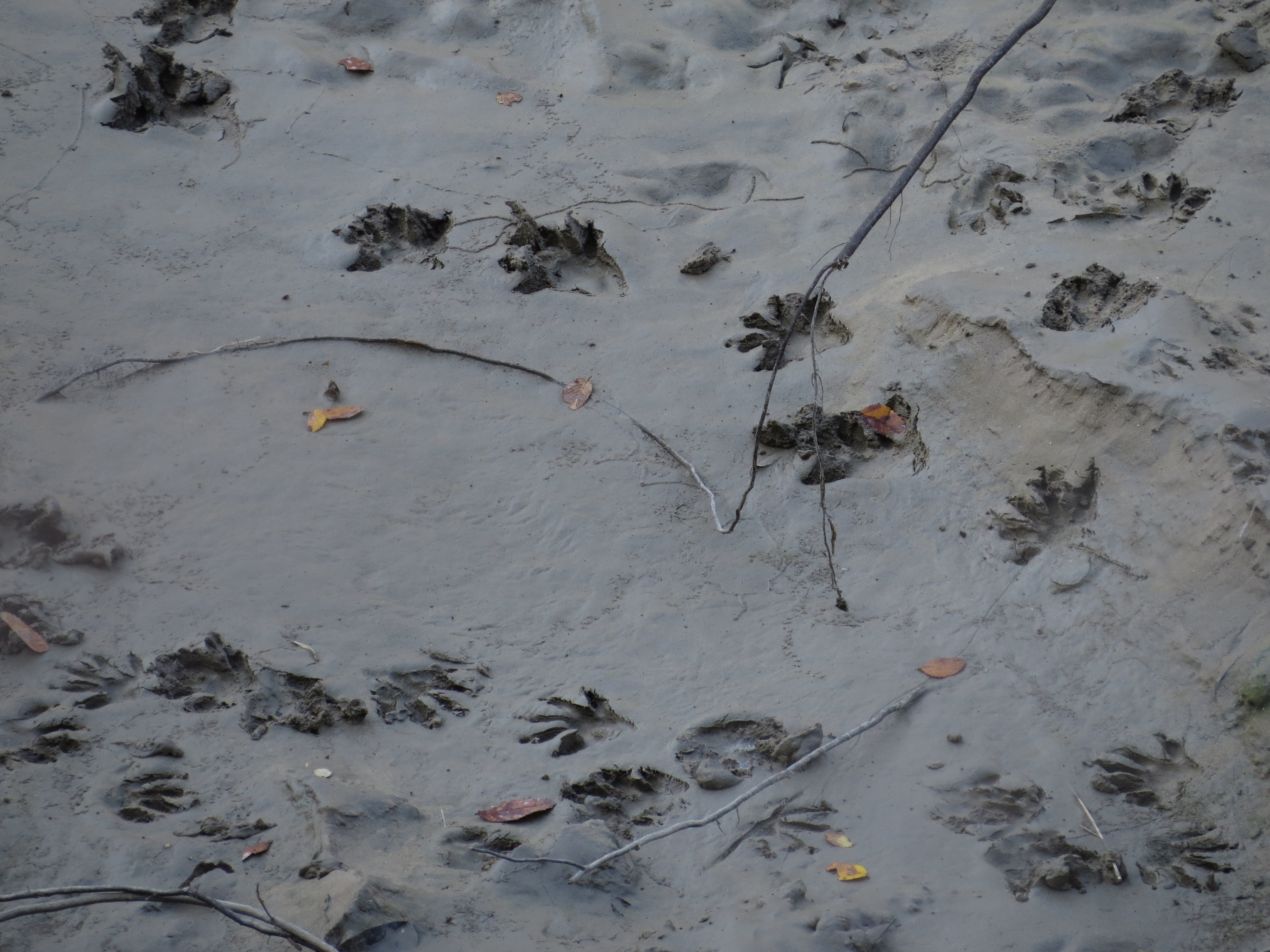
Parts of the park did not look like the typical Texas landscape—it was swampy and tropical. Dwarf Palmetto Palm shrubs lined the edges of the water, and thick, woody Rattan Vines climbed trees and hung like ropes from the canopy. I could easily imagine a dinosaur walking amongst them.
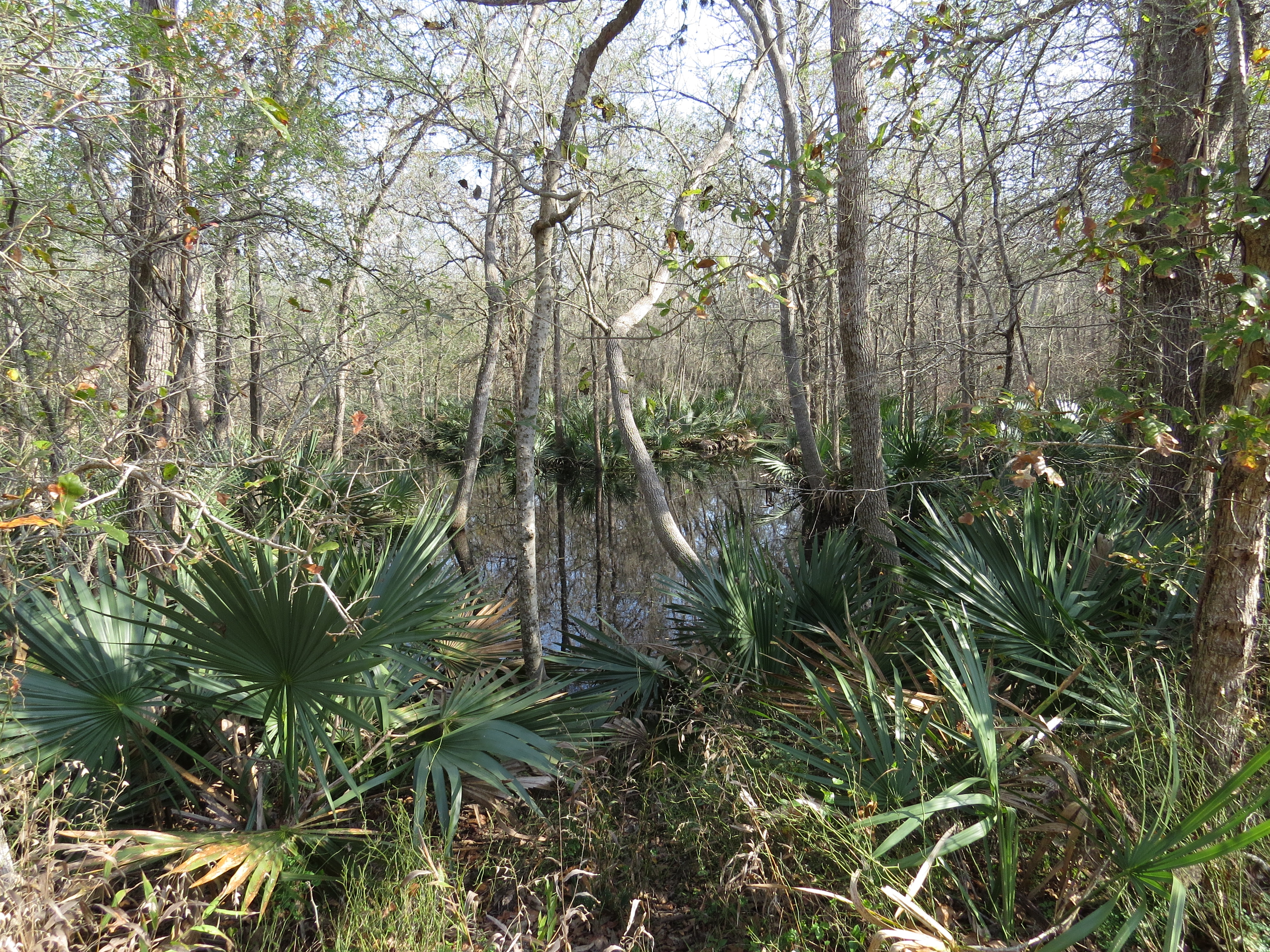


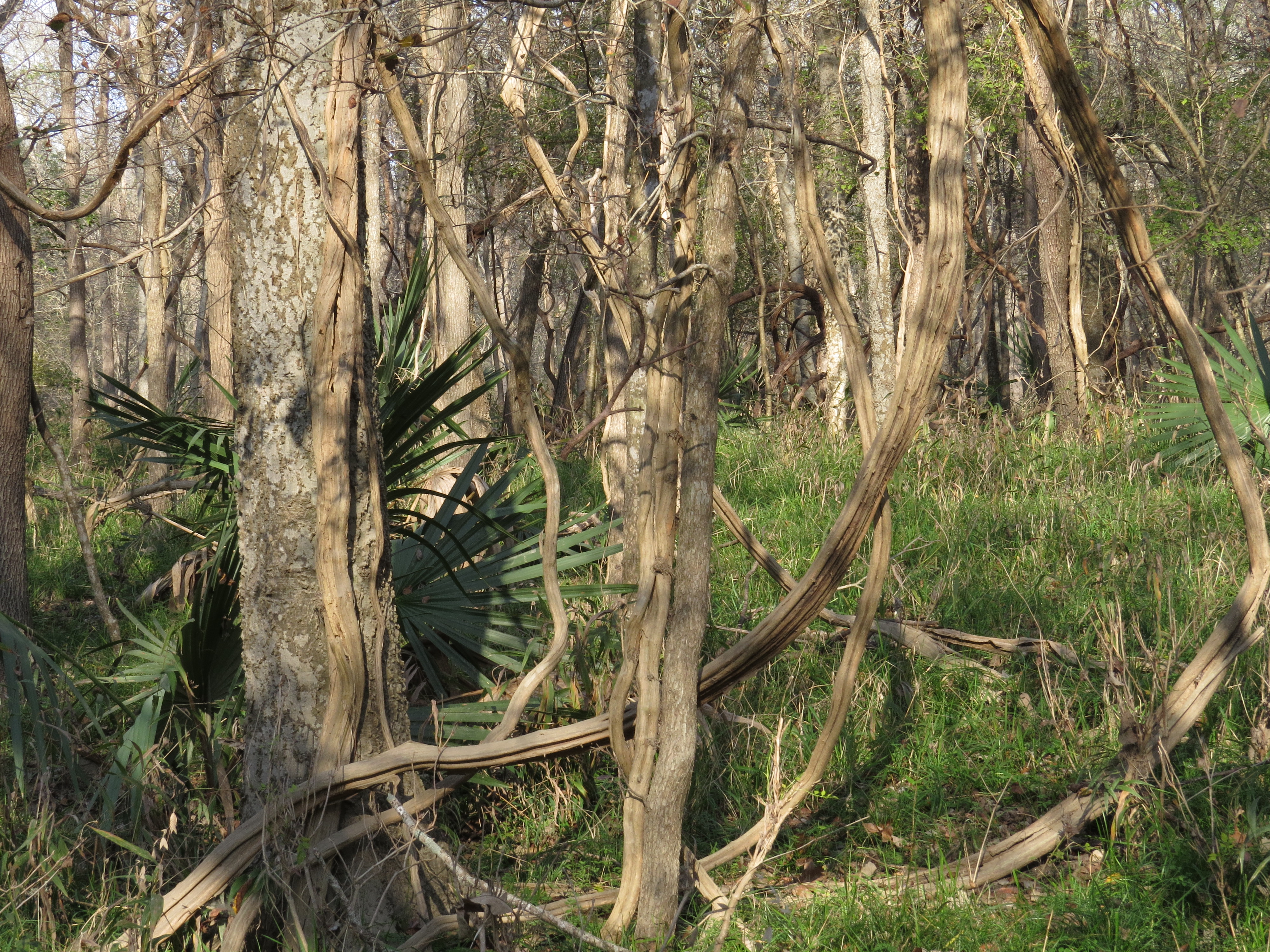
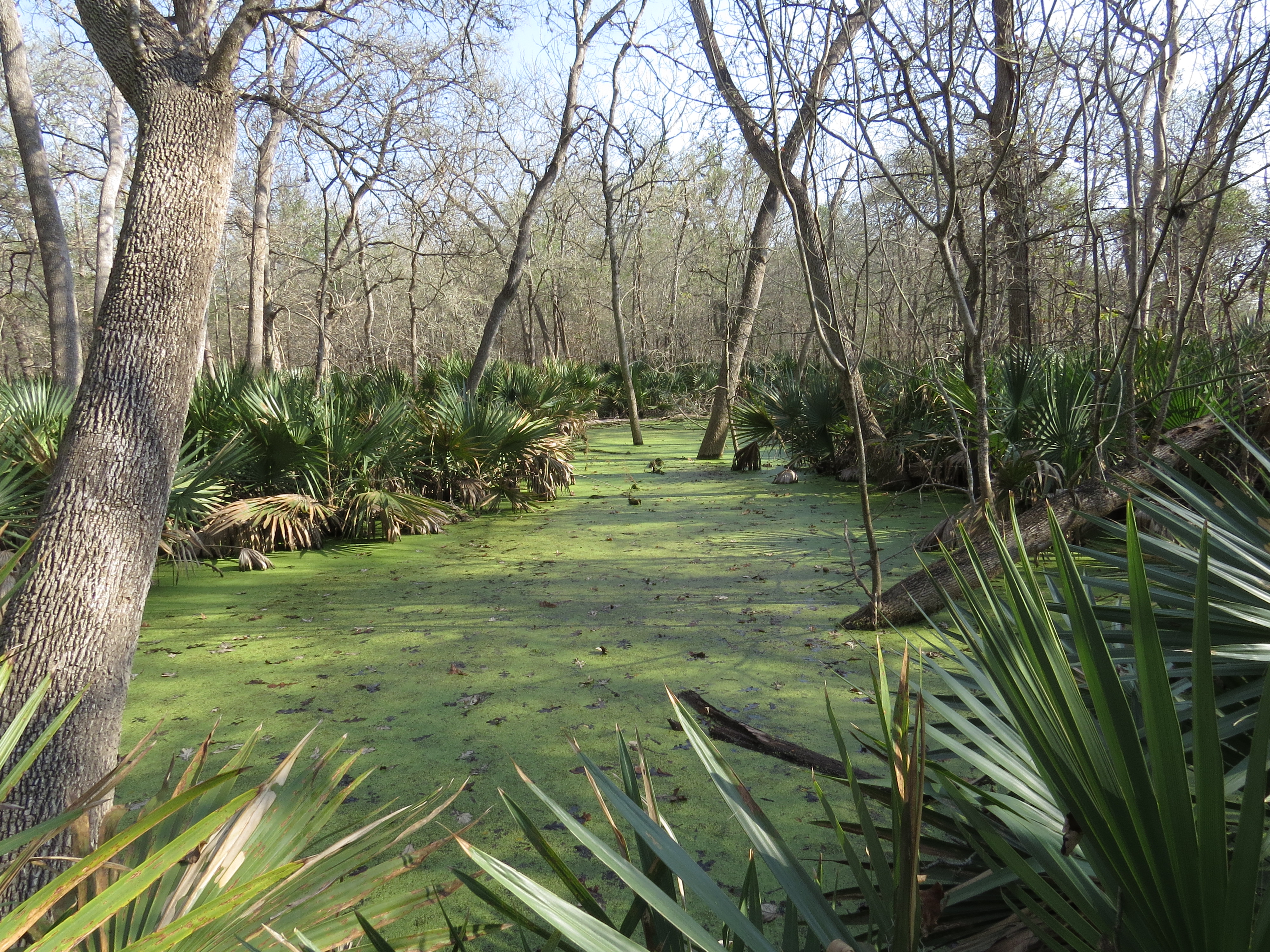

One of the dichotomies of the tropical park was when we saw the swampy palms next to the desert-dwelling cacti like the flat-faced Prickly Pear and the pencil-twigged Cholla cactus. What a strange combination.
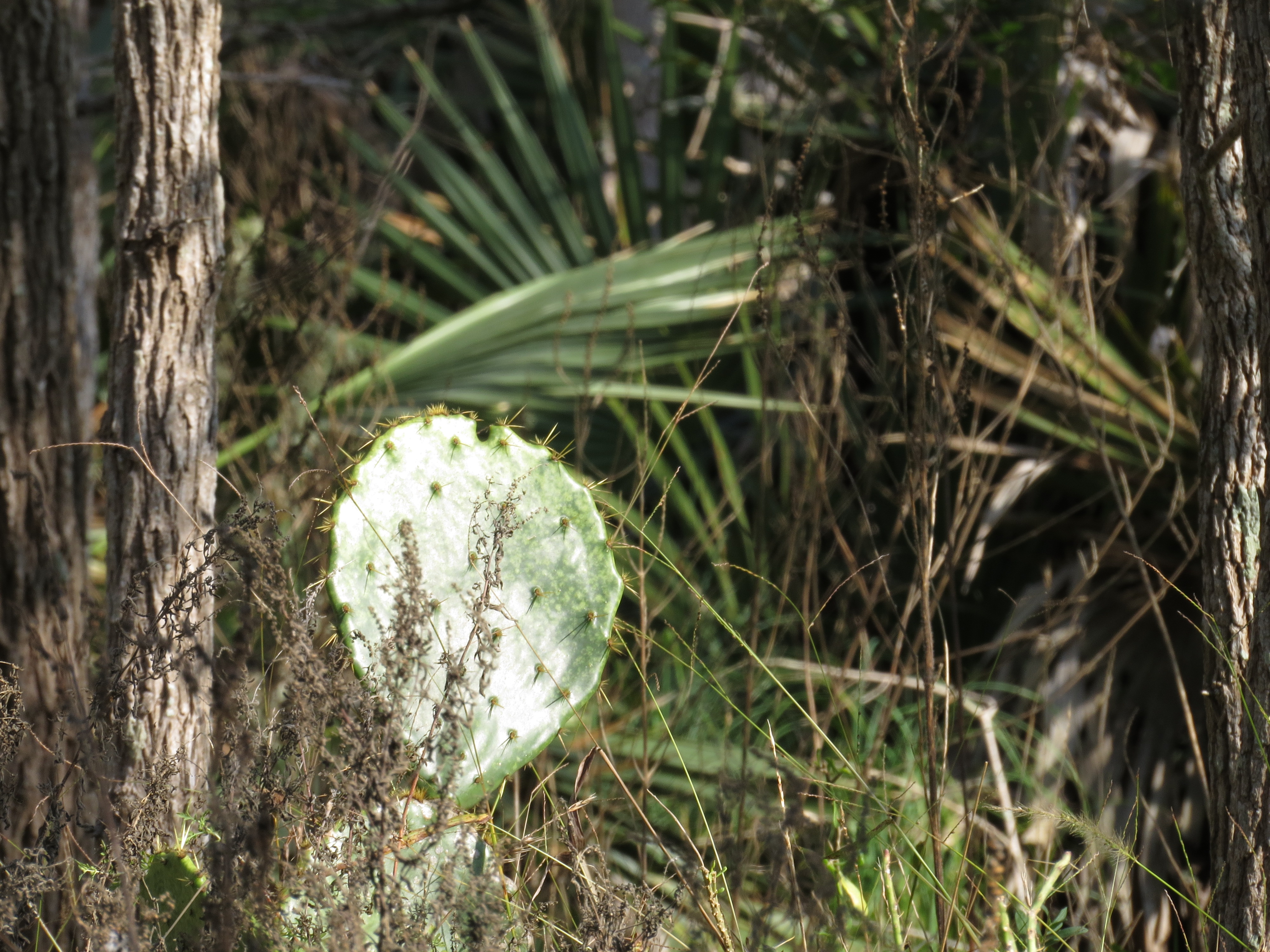
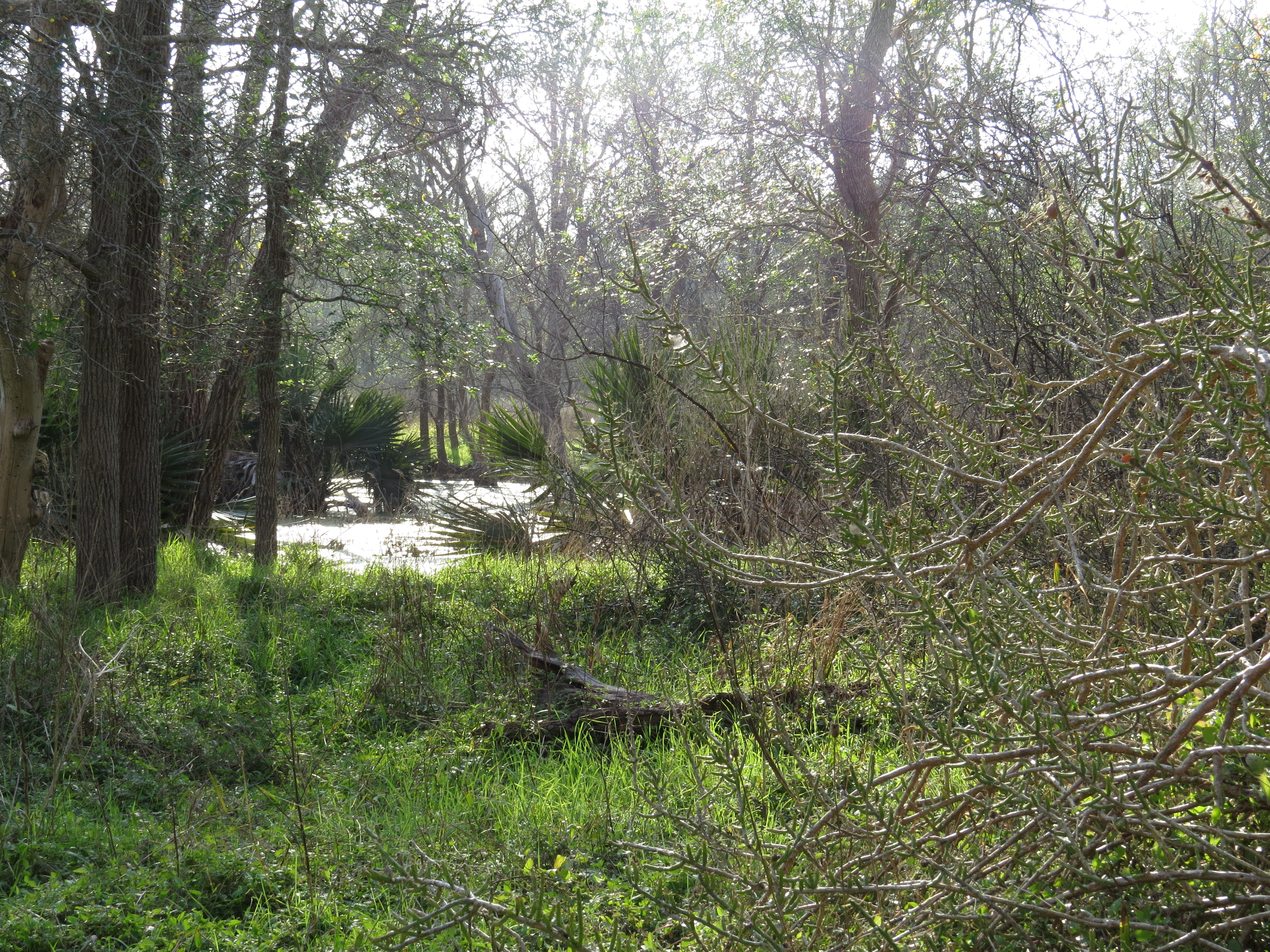
We left the swampy area and walked the Mesquite Flats Trail where some native Mesquite trees still held on to their leaves. Drought tolerant and tough, they are considered invasive in ranching country where they displace the grass, especially in overgrazed areas.
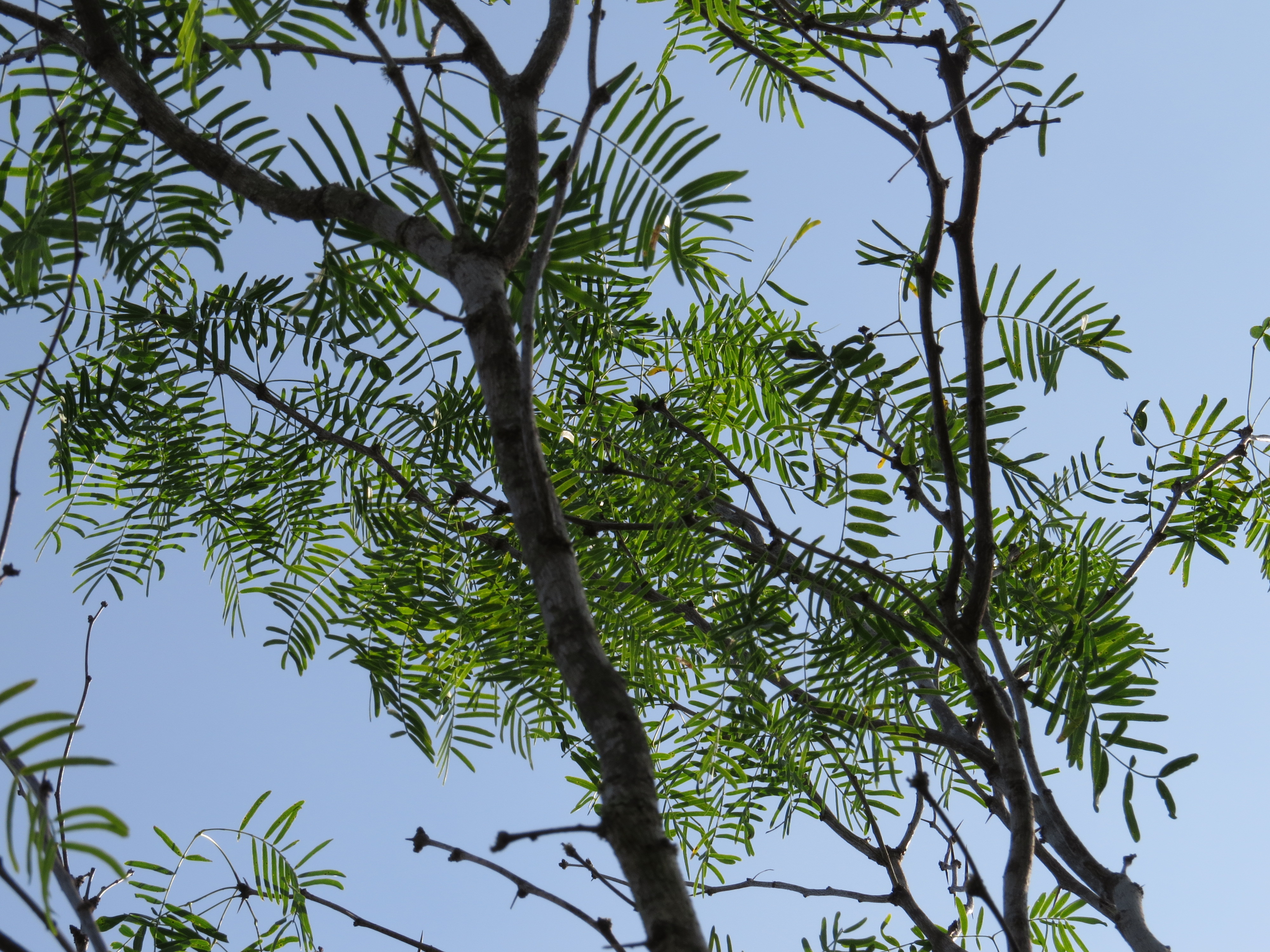
A bright green ball of leaves with shiny, pearl-like seeds hung from a bare-branched tree. It’s easy to see Mistletoe in the winter! It is a hemi-parasite that invades a branch in order to use water and nutrients from the tree. It’s Greek name ‘Phoradendron’ means ‘thief of the tree.’ Another dichotomy—Christmas ‘kissing ball’ decoration and real-life tree thief.
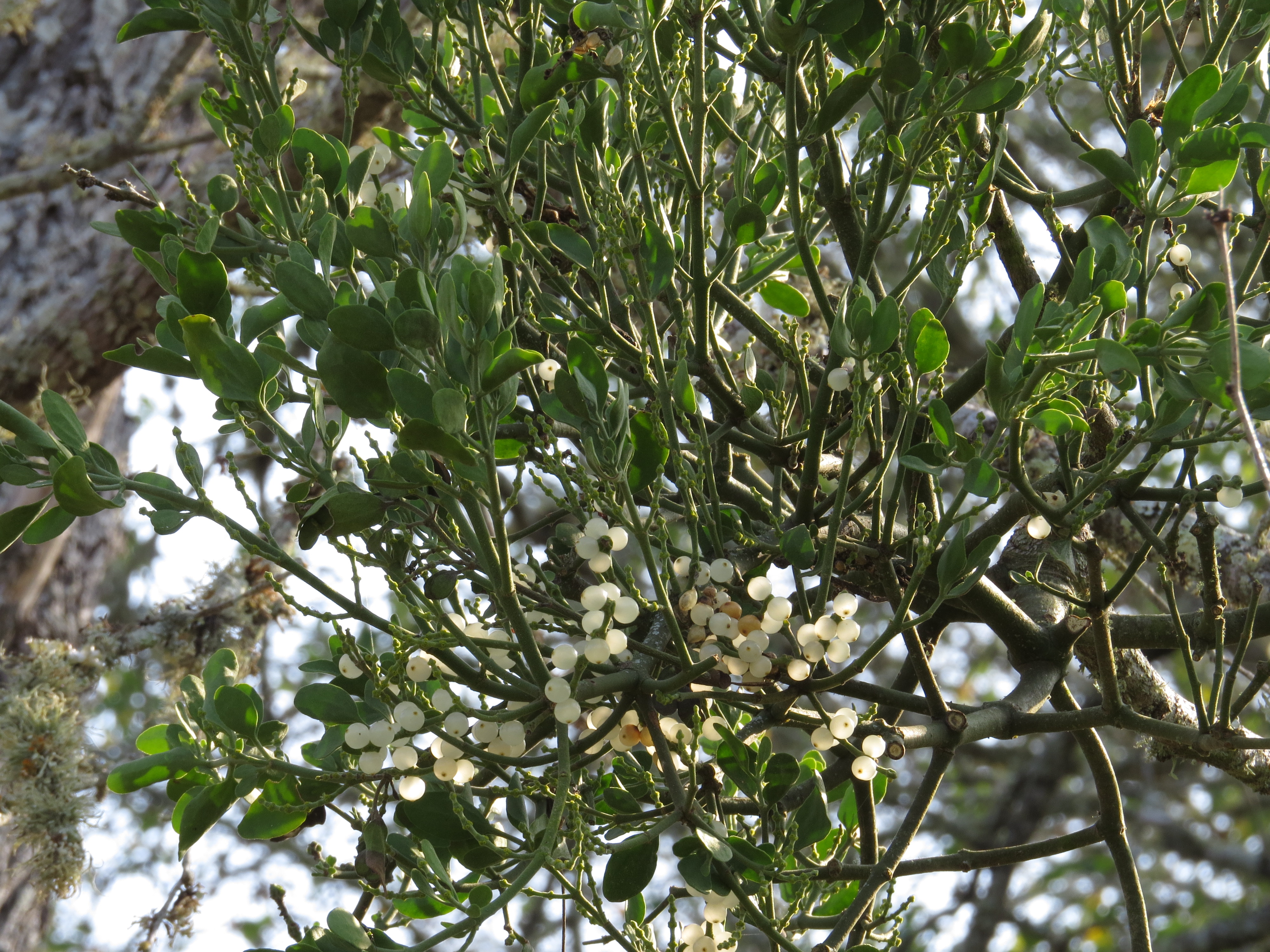
Throughout the woods, large invisible webs stretched between trees, and if we looked closely, we saw the colorful, crab-like spiders called Spiny-backed Orbweavers. What cool spiders!
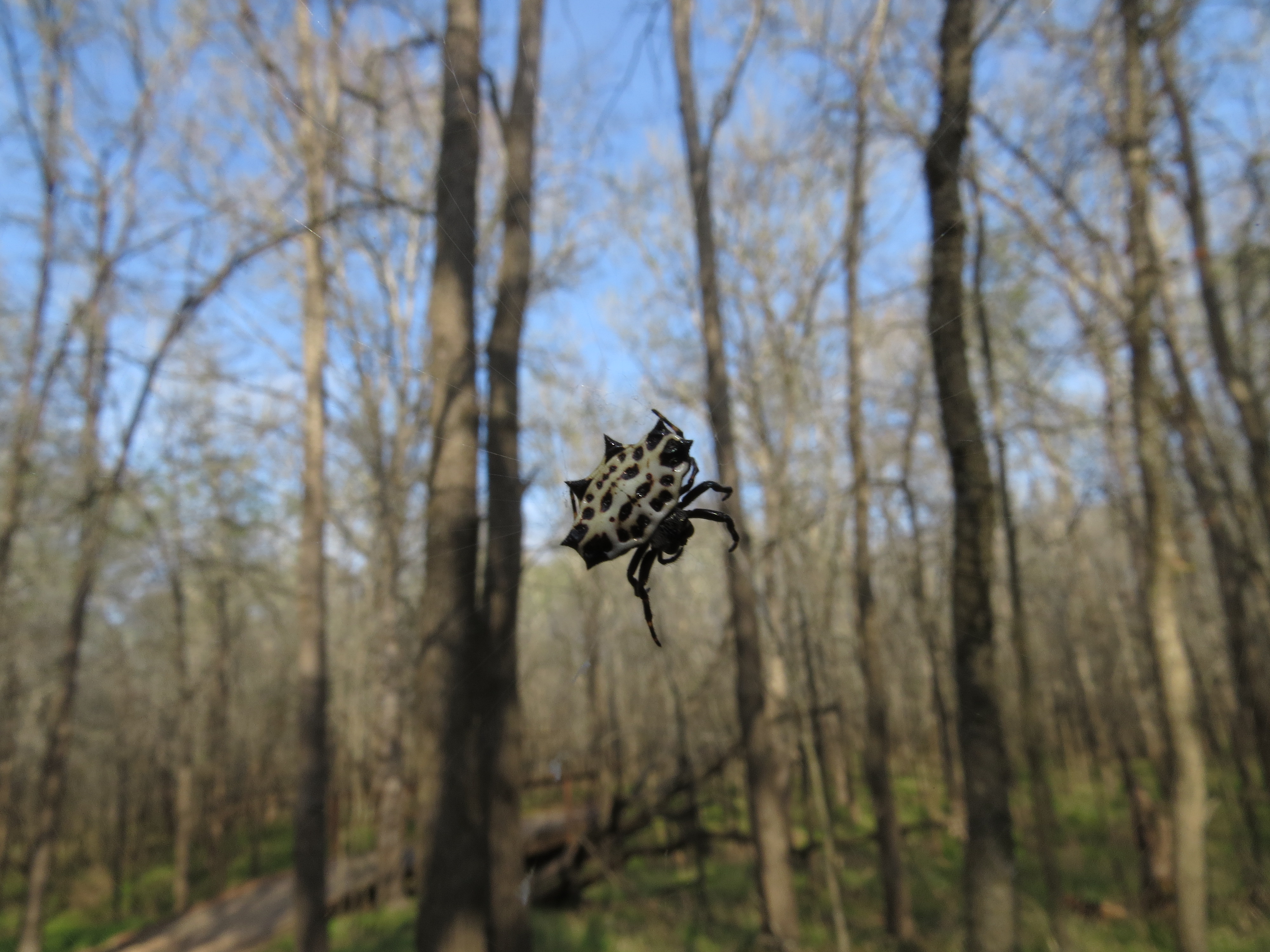
I was surprised how much grass was growing under the trees—not something we generally see in the woods up north. But everywhere was evidence of the power of water when it does flow—deep cuts and masses of exposed roots.
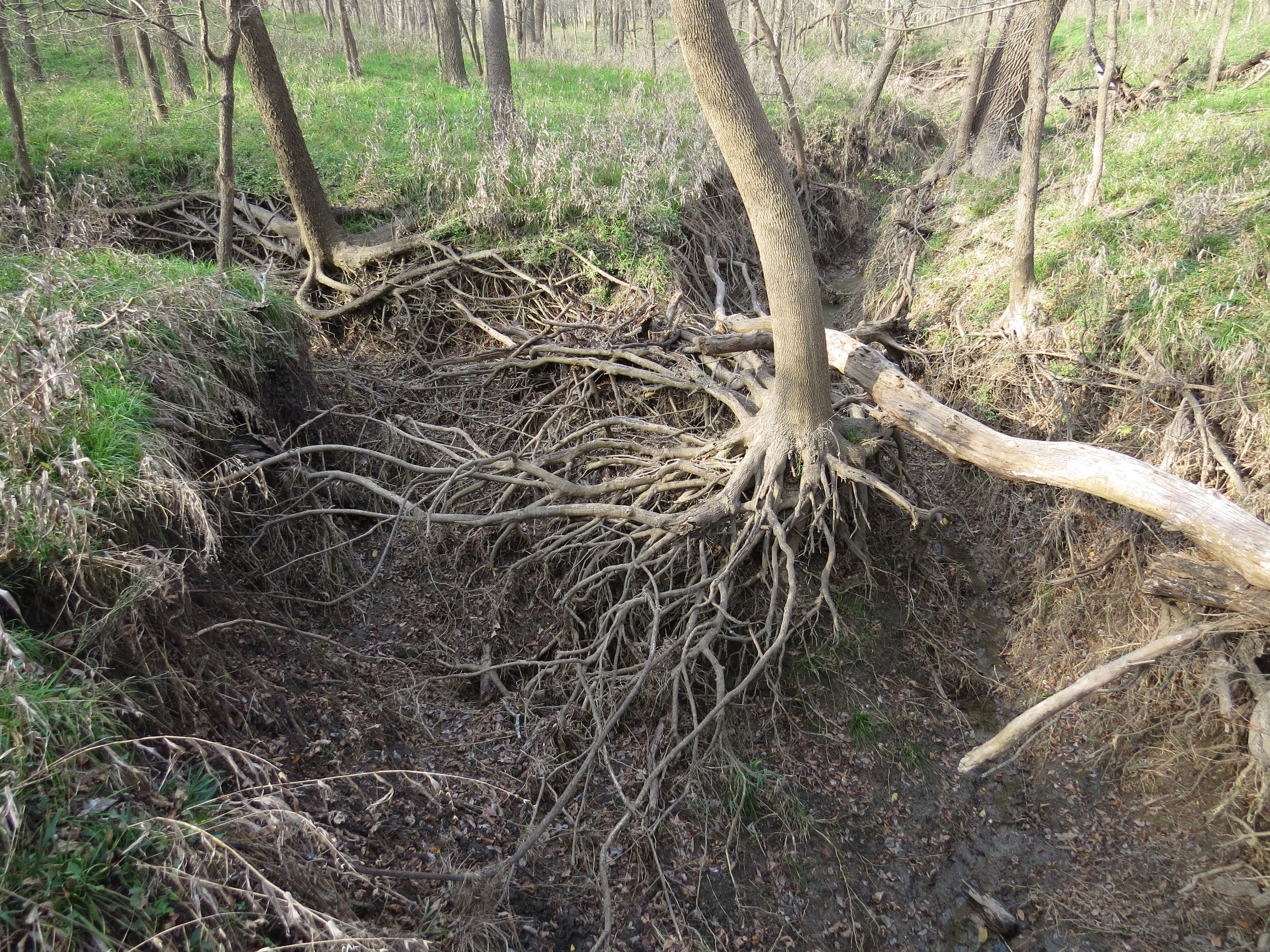
Walking on, we saw mud wasps building homes and an armored Leaf-footed Bug sucking the nutrients from the Palmetto Palm leaves.
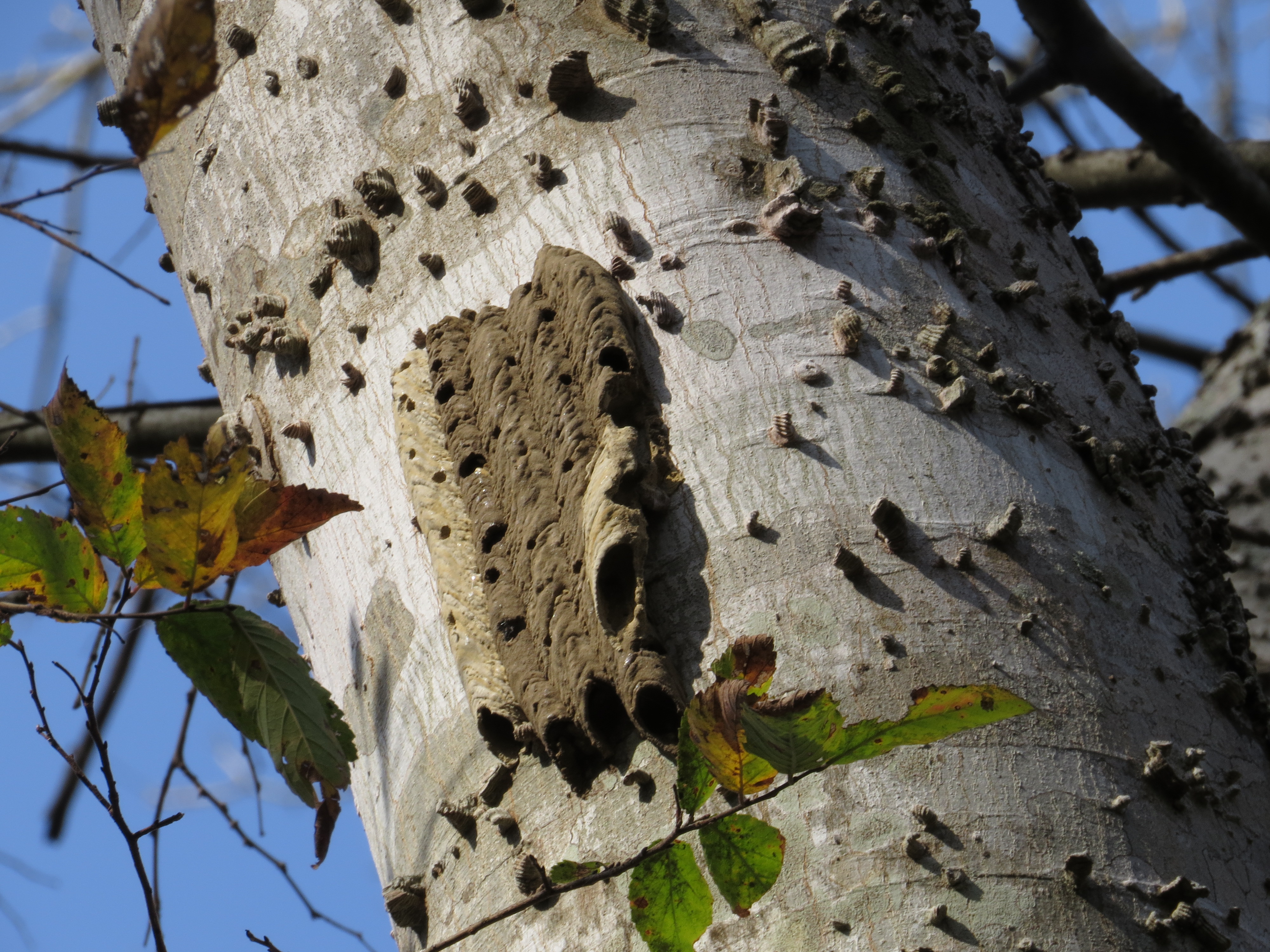

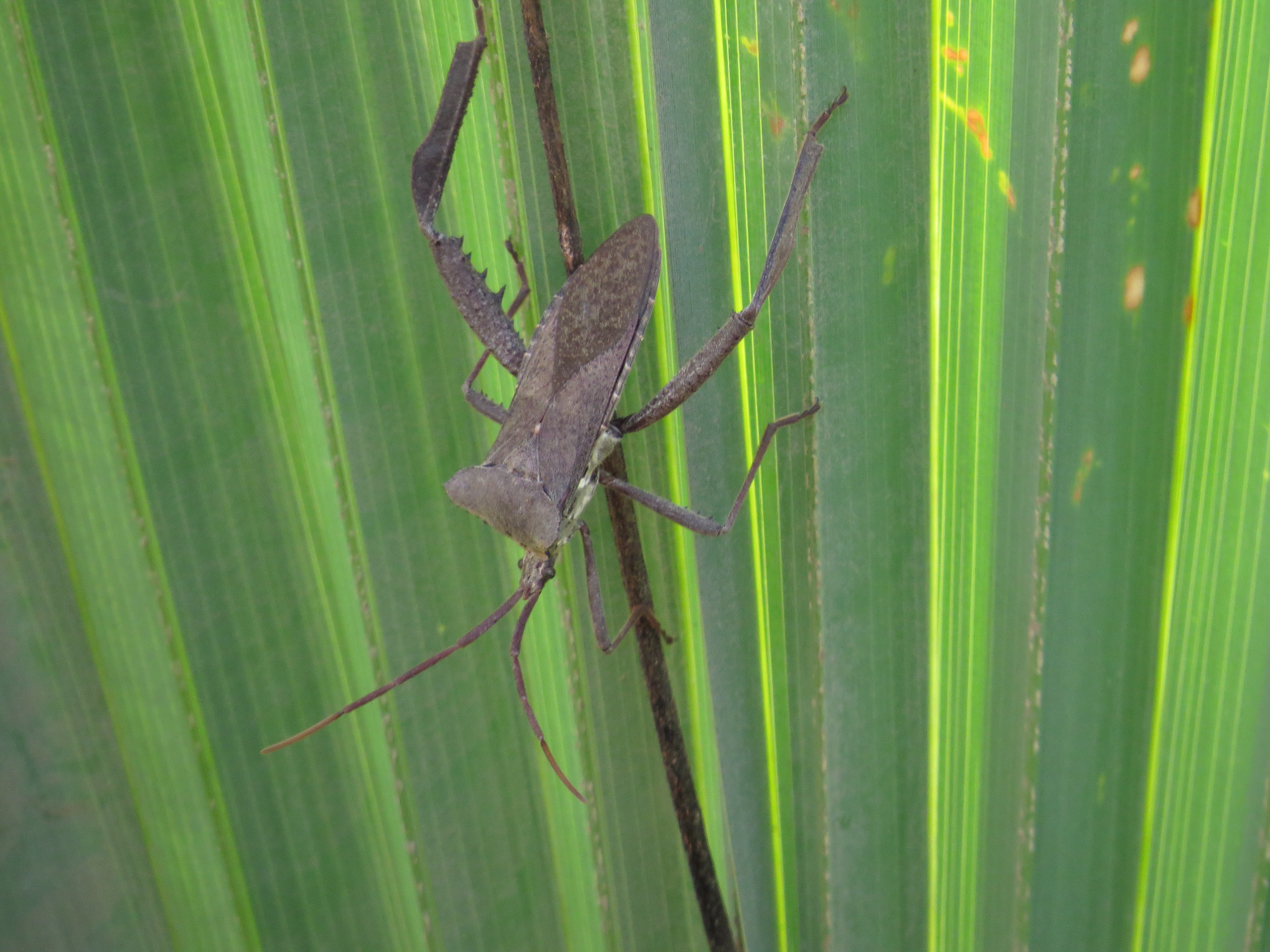
We encountered a tiny bit of Spring in December—a patch of Wild Onions with their fragrant scents and simple, white flowers.
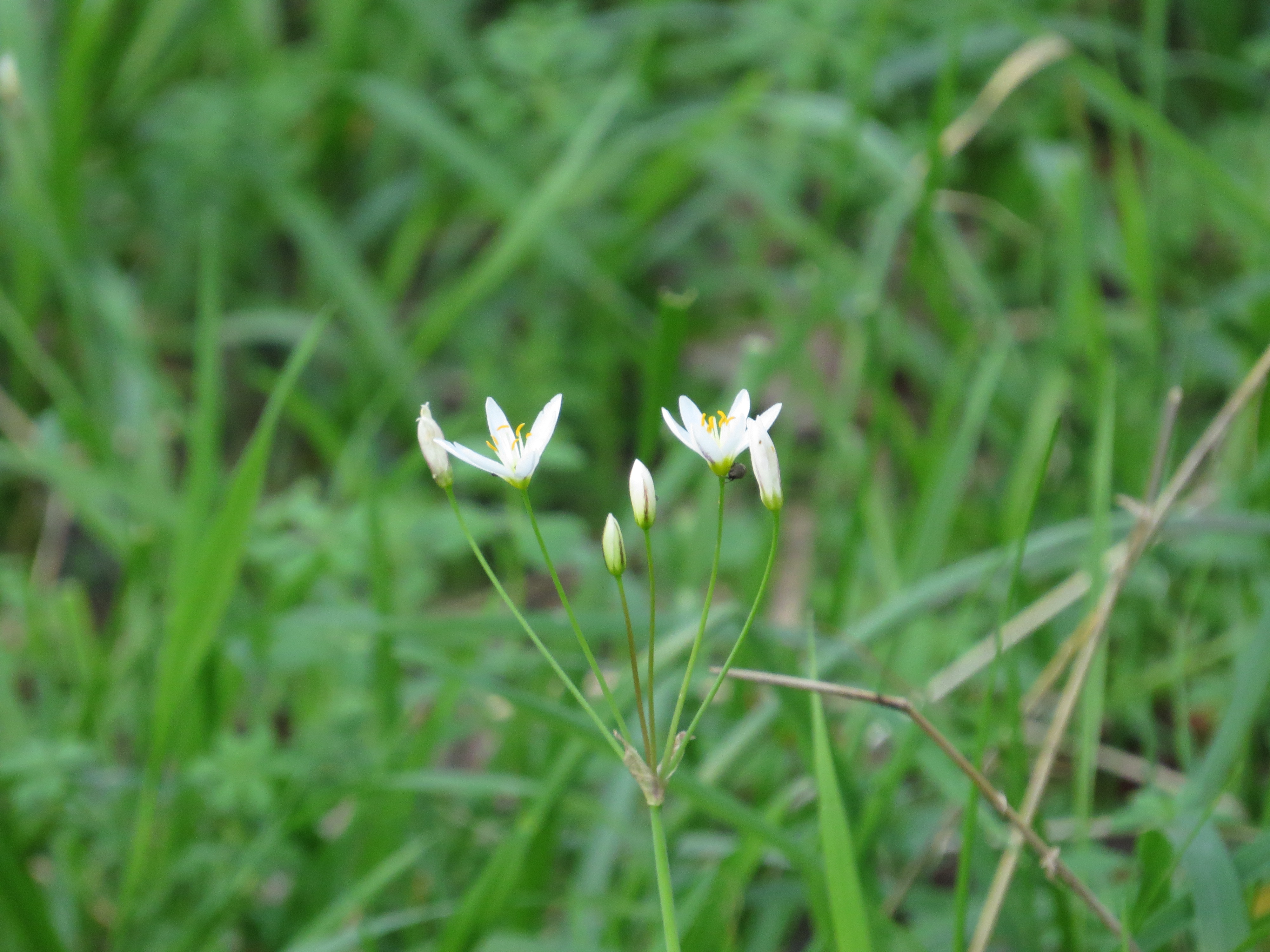
My favorite critter of the day was a Green Anole lizard sunning himself on the outside of a bridge railing. His cool, detached demeanor dismissed our noisy admiration and paparazzi picture-taking. He was the closest thing to my turn-back-time-dinosaur in the tropical swamp of Palmetto State Park.


I love finding these unusual, out-of-the-ordinary ecosystems—it reminds me of the mystery and diversity of Mother Nature. Why was this tropical swamp here? One clue was a now-extinct ‘mud boil’ in the park, where hot water deep in the earth bubbled to the surface—it was ‘boiling’ until the 1970’s. The unfathomable ways of Mother Nature mirror the unfathomable ways of life and death of us. There’s no way to explain the birth of our beings and no way to explain our earthly departure (beyond the physiology of it all.) We are left with the unknown, the mystery, the dichotomies, the joys, the regrets, and the process. So we hold on to faith so the loss doesn’t wash us away. We hold on to hope that another season is springing up inside us even in the depth of our winter. And we hold on to the love that was there and always will be, world without end. Amen.